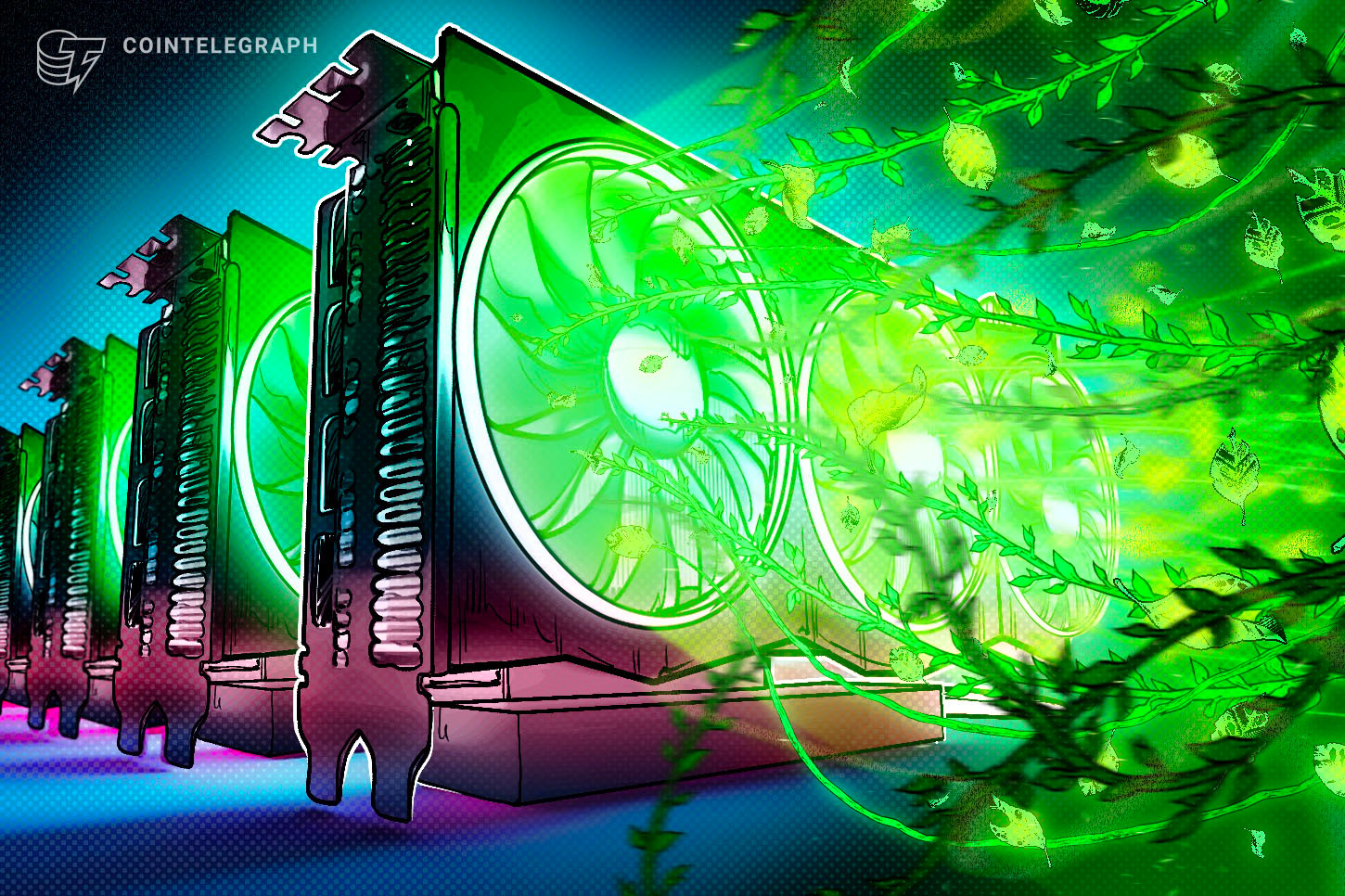
Bitcoin mining lands another green energy data center as global powerhouse GDA sets up shop in Sweden.
Sweden has welcomed a hydro-powered Bitcoin (BTC) mining data center.
Genesis Digital Assets Limited (GDA), a mining and data center company with over 400 megawatts (MW) of power generation worldwide, has opened a new data center in Sweden, driven by the country’s burgeoning renewable energy surplus.

The new operation is located in the far north of Sweden, where hydroelectric power dominates the grid. Abdumalik Mirakhmedov, founder and executive president of GDA, told Cointelegraph that the new data center is located near the Porjus Hydroelectric Power Station:
“Given the proximity to the hydroelectric power station, we expect all of our electricity consumption to be powered by renewable energy.”
The total capacity of the data center is approximately 8 MW and is expected to result in a hash rate of approximately 155 petahashes per second. GDA explained to Cointelegraph that there are 1,900 Bitcoin mining machines deployed in the Porjus data center.
As reported by Jaran Mellerud, a business developer at Luxor Mining and a frequent Cointelegraph contributor, Sweden produces almost all of its electricity from nuclear and hydropower, particularly in the north.
Mellerud, who hails from nearby Norway, explained that renewable energy is also abundant:
“Sweden is an electricity powerhouse, generating the fifth-most electricity per capita globally in 2021.”
GDA’s strategic expansion is part of a broader trend in the Northern European Bitcoin mining landscape. Christian Anders, founder of BT.CX — a Swedish Bitcoin exchange dating back to January 2012 — told Cointelegraph that Bitcoin mining is not very common due to high energy prices.
However, the Nordics are a class apart, Anders told Cointelegraph:
“Sweden, Finland and Norway have a surplus of energy and negative energy prices from time to time, and primarily renewable energy in the form of hydropower in a remote location which is hard to distribute.”
Untapped, stranded and renewable energy are popular ingredients for Bitcoin mining, as they tend to be the cheapest. Mirakhmedov explained, “Sweden also has abundant clean energy sources, which is an important factor we consider in our operations.”

Moreover, while sentiment among some Scandinavians is negative toward Bitcoin, Anders told Cointelegraph that energy companies are coming around to Bitcoin mining’s utility: “The CEO of the largest energy producer in Sweden, Vattenfall, is pro-Bitcoin mining and its use case for grid balancing.” Stabilizing electricity grids with Bitcoin miners is also growing in the United States.
Tim Carra, head of Nordic at GDA, expanded on the point in correspondence with Cointelegraph:
“With abundant energy sources, a pro-innovation environment and a strong educational system that results in a great culture of innovation, we believe that Sweden is one of the best countries in the world to mine Bitcoin and expect to further invest in this beautiful region moving forward.”
GDA concentrates the majority of its power generation in Texas in the United States, where one facility consumes 300 MW of electricity. The new Swedish operations complement a new GDA facility in South Carolina and demonstrate that there are still some attractive, untapped potential mining destinations around the world. Anders chimed in:
“There is also a market opportunity in Spain/Portugal, which gets cheap energy from Africa and its domestic solar production, where prices also are very cheap from time to time. BT.CX is working with renewable Bitcoin miners to offer a way to offset your Bitcoin holdings.”
As Anders alludes to, the generation of new Bitcoin consumes considerable amounts of electricity. The European Central Bank has reported that Bitcoin mining has a significant carbon footprint.

However, while it’s often portrayed as an energy-guzzling and carbon-intensive industry, Bitcoin mining consumes just 149.95 terawatt-hours of electricity per year, or less than 0.7% of global energy, according to the Cambridge Center for Alternative Finance.
Related: Tether invests in El Salvador’s $1B renewable energy project
Meanwhile, renewable energy, including hydro, continues to dominate the global Bitcoin mining energy mix. Neighboring Norway, for example, contributes roughly 1% of the Bitcoin hash rate and is 100% renewable, while the new GDA installation in Sweden is another green energy Bitcoin miner.
Ultimately, Anders concluded, “It’s super cool that more miners are coming to the Nordic European countries to help us with this mission.”
Collect this article as an NFT to preserve this moment in history and show your support for independent journalism in the crypto space.
Magazine: Bitcoin is on a collision course with ‘Net Zero’ promises

You can get bonuses upto $100 FREE BONUS when you:
💰 Install these recommended apps:
💲 SocialGood - 100% Crypto Back on Everyday Shopping
💲 xPortal - The DeFi For The Next Billion
💲 CryptoTab Browser - Lightweight, fast, and ready to mine!
💰 Register on these recommended exchanges:
🟡 Binance🟡 Bitfinex🟡 Bitmart🟡 Bittrex🟡 Bitget
🟡 CoinEx🟡 Crypto.com🟡 Gate.io🟡 Huobi🟡 Kucoin.

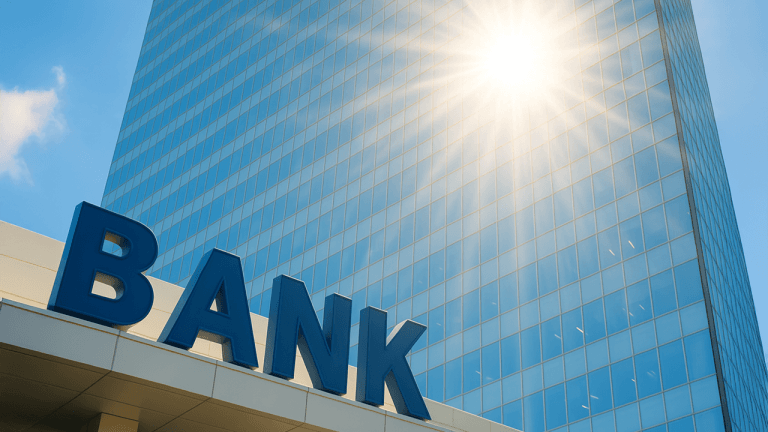

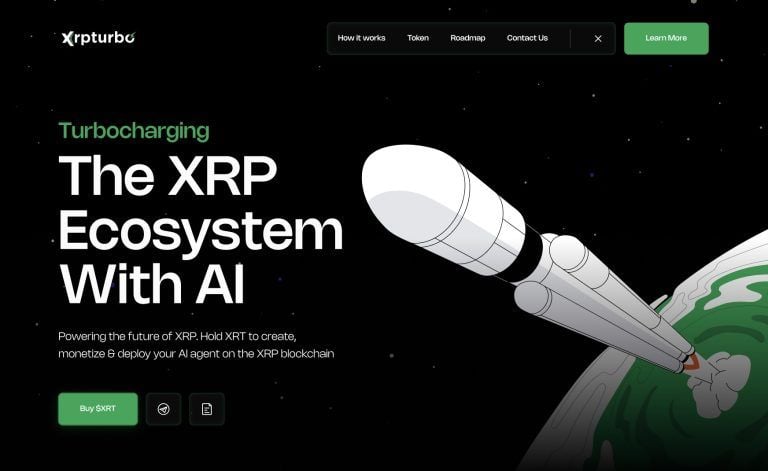





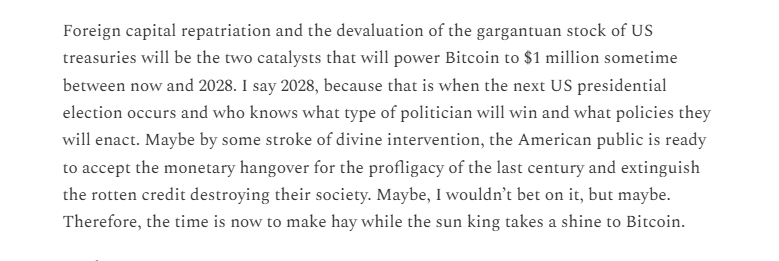
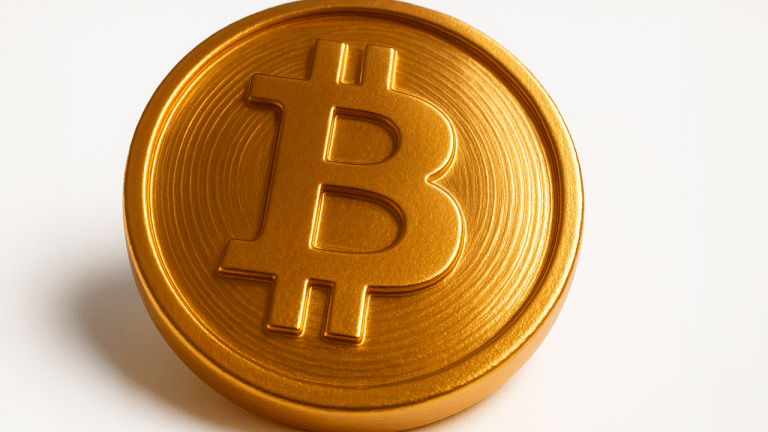


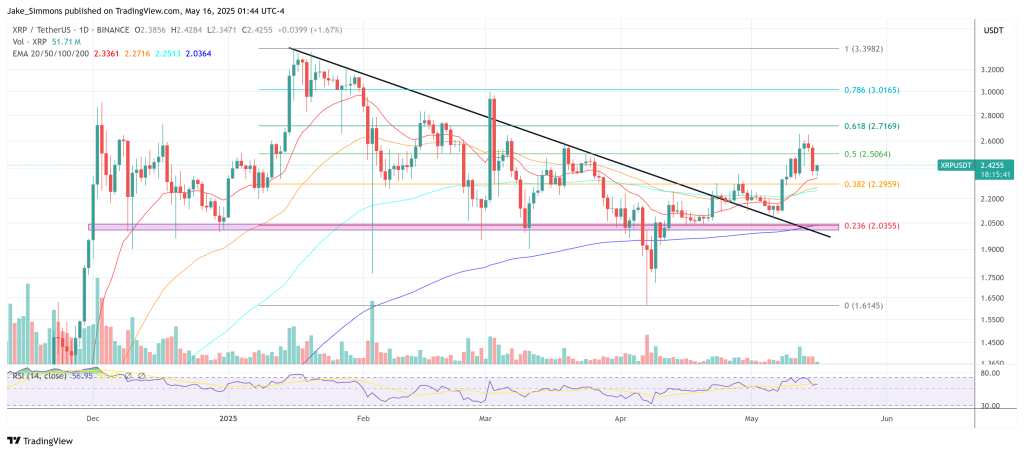
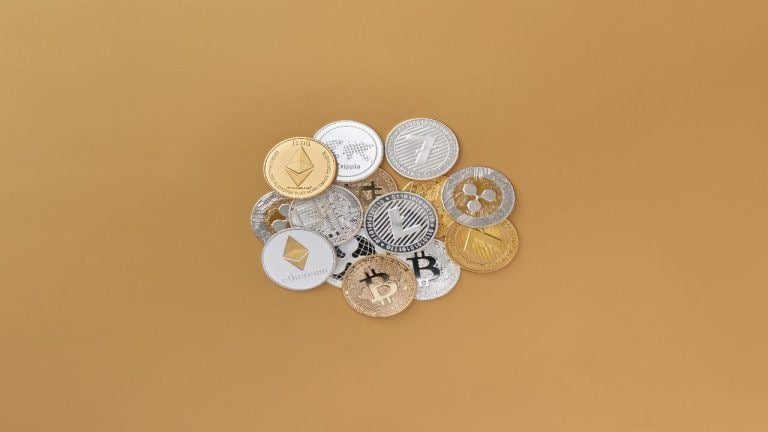

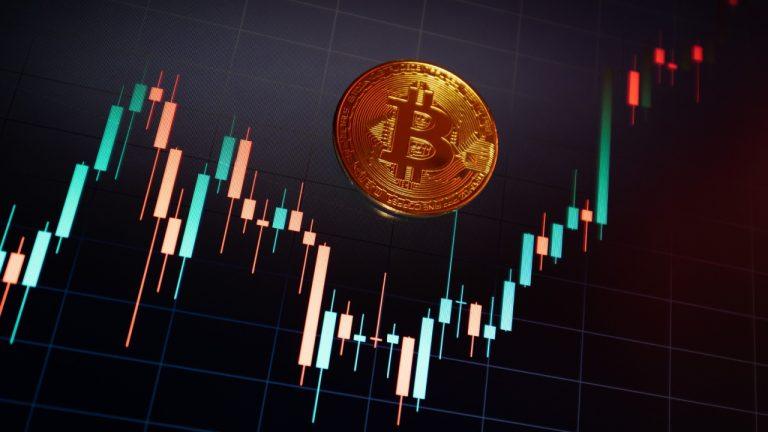

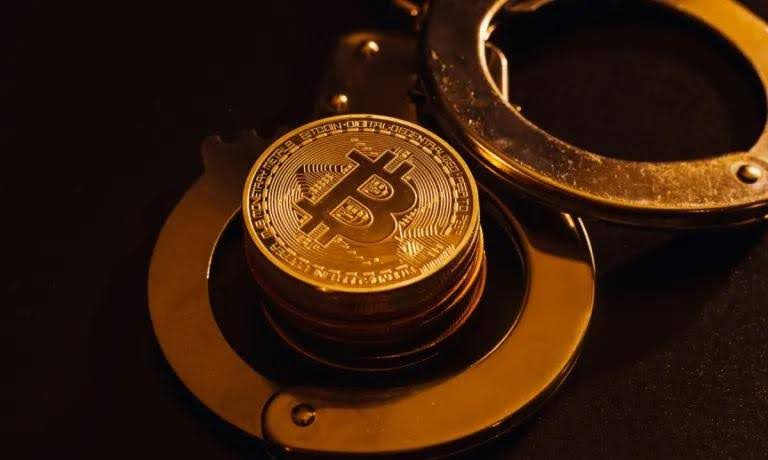
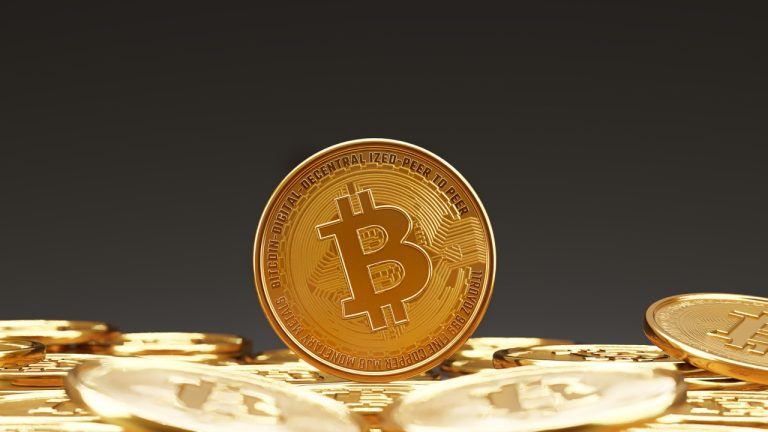
Comments